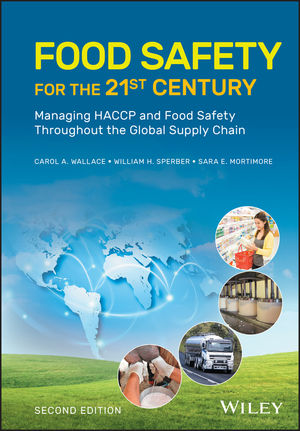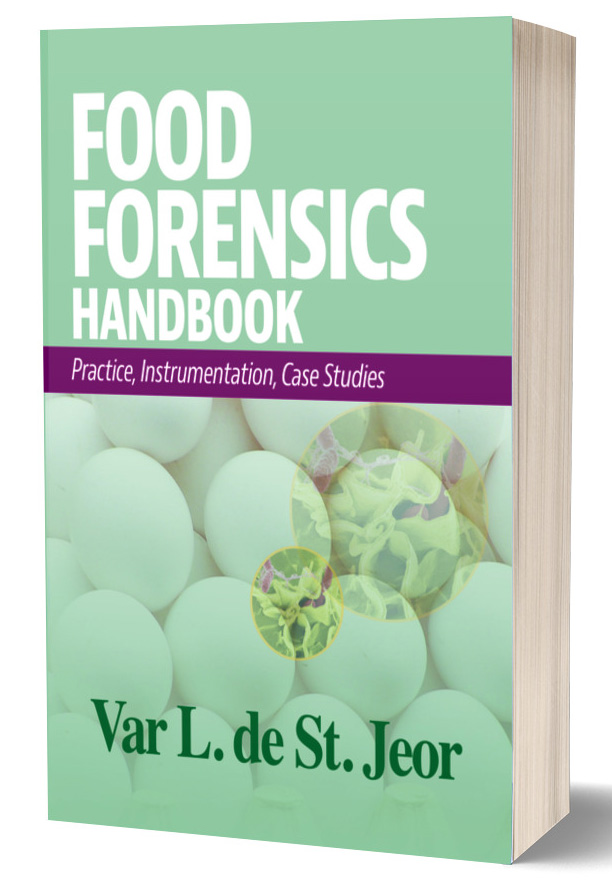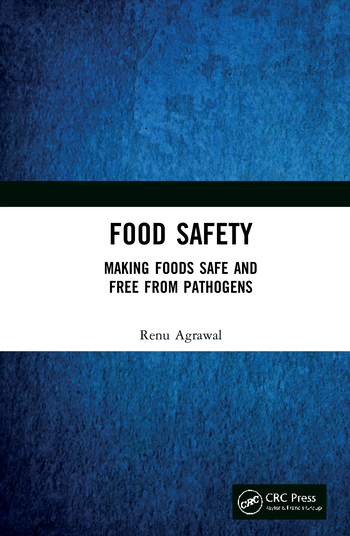Pandemic Pest Activity: How to Protect Your Commercial Facility

The effects of the COVID-19 pandemic have been all-encompassing. One impact that may come as a surprise, however, is how the pandemic has impacted pest activity. With less foot traffic in public spaces during the early stages of the pandemic and lockdowns, pests became more daring in their search for food and shelter. Rodents, specifically, made headlines for increased sightings in several American cities, where rats were spotted searching for food or feasting on refuse during daylight hours. As many companies implemented work-from-home policies, homeowners became more aware of pest activities in and around their houses. With hundreds of businesses closing their doors, pests were able to take advantage of unmaintained facilities, threatening the safety of nearby structures.
This unprecedented increase in pest activity is particularly concerning for businesses in the food industry. Pests are capable of contaminating food and transmitting harmful diseases. Rodents are known to contaminate 20 percent of the international food supply each year and can spread diseases such as hantavirus, salmonellosis, and plague. Cockroaches can spread bacteria, parasitic worms, and traces of anything they come in contact with, making them a particularly dangerous pest. To prevent an infestation, even when operating with limited staff, facility managers must make pest control a top priority. Managers can take several key actions to protect facilities and employees:
- Conduct regular inspections. Stay one step ahead of pests by monitoring for signs of an infestation. Inspect inside and out for signs of rodents, including nests, urine, and gnaw marks. Examine kitchens and bathrooms for signs of an insect infestation, such as droppings or eggs. Other indicators of a pest infestation may include unusual odors or sounds. Also, search storage areas for pests that may be using stored materials as shelter. Outdoors, keep the outside of the facility free of vegetation to avoid attracting insects and rodents. When receiving shipments, ensure that incoming materials are free of pests before bringing deliveries into the facility.
- Reduce points of entry. Limiting the number of ways pests can gain entry to businesses increases the chance of preventing a potentially devastating infestation. Seal any cracks or gaps on exterior walls with caulk or steel wool, especially in areas where utilities enter the building. Rats can fit through holes the size of a quarter, and mice only need a hole the size of a dime to squeeze inside. Screen all vents, doors, and windows, and install door sweeps on exterior doors.
- Perform routine facility maintenance. While maintaining the infrastructure of the facility is important for many reasons, keeping buildings in excellent shape also helps with pest control. For example, many pests, including cockroaches, are attracted to excess moisture. Keeping basements, attics, and crawl spaces well-ventilated and dry make these out-of-sight spaces less inviting for pests. Replace any deteriorated weather stripping and loose mortar around the exterior of the structure. Repair any damaged fascia or wood roof shingles; many pests are attracted to rotten wood.
- Remove potential food sources. Food processing facilities are gold mines for hungry pests. Insects known as "pantry pests," including Indian meal moths and merchant grain beetles, are particularly infamous for contaminating stored food. Any food left unguarded can become a pest's next meal. Be sure to discard any food that is expired or left uncovered to avoid using tainted products. Store usable food items in tightly sealed containers to prevent contamination and keep surfaces clean and free of crumbs. Apply proper waste management techniques by keeping trash receptacles secured, and regularly collect garbage from the facility. If the facility uses a dumpster, ensure that it is emptied a few times each month.
- Team up with a licensed professional pest control company. Staying on top of pest control does not have to be overwhelming. Contact a licensed pest control company that specializes in commercial businesses to implement an Integrated Pest Management (IPM) plan. IPM plans offer a customized approach to pest control, including inspection, identification, and treatment to keep commercial facilities clean and compliant. A pest control professional will conduct a thorough audit of the property to identify any areas that could be conducive to pest activity, including clutter, standing water, or unmaintained neighboring properties. Other recommendations may include installing non-attracting lights around the facility and addressing any drainage issues that could cause an accumulation of standing water.
Although the pandemic has presented many challenges for the food industry, pest control does not have to be one of them. The tips detailed above are just a few key steps all facility managers can take to ensure the safety of employees and customers alike. By staying vigilant and mindful about pest prevention, commercial facilities will be able to protect themselves from potential infestations.
Looking for a reprint of this article?
From high-res PDFs to custom plaques, order your copy today!








